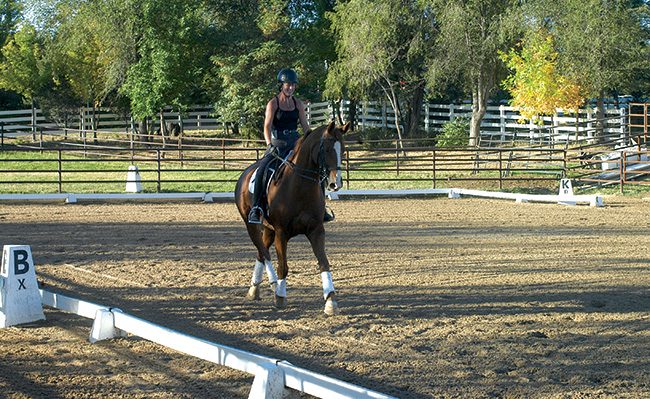American Farriers Journal
American Farriers Journal is the “hands-on” magazine for professional farriers, equine veterinarians and horse care product and service buyers.

The extended gaits and maneuvers required of dressage horses can place unusual torsion on the hoof wall and distal interphalangeal joint. Lameness problems are most likely to appear in the forelimbs of sport horses.
Trimming protocols and choice of shoes vary for various riding disciplines. You don’t typically need reining plates, for instance, if you’re shoeing polo ponies. In similar fashion, certain lamenesses are more likely to be seen in horses used in one discipline than another.
That was the premise of a presentation by equine veterinarian Richard D. Mitchell at the 2012 Northeast Association of Equine Practitioners symposium in Pittsburgh.
Mitchell, of Fairfield Equine Associates, in Newton, Conn., discussed diagnosis and treatment of horses used in the various “English” disciplines, such as jumping and dressage.
The following is a summary of his remarks, as well as the paper published in the symposiums proceedings book, with a focus on those aspects of most interest to hoof-care providers.
Mitchell believes the most common lameness issues seen in the sport horse are due to:

The farrier was careful not to overfill this soft heart bar pour that was used to help with heel pain in a sport horse. Overfilling the shoe with a soft pour can lead to unwanted sole pressure.
While hoof care can be a factor in therapy for any of these causes, palmar foot pain is the lameness…